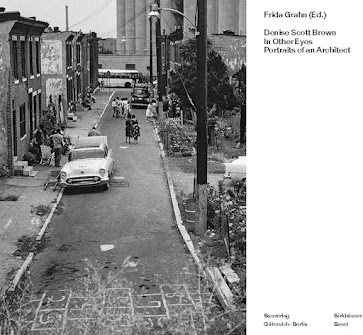Learning to be Unlearned
In Denise Scott Brown's article, "Learning From Pop", I was definitely caught off guard with what to expect from this article. Scott Brown illuminated this idea that Architects have a tendency to design what they think is best for a society and the people who are there without taking into account the needs of the urban environment and the people that are currently there. What was intriguing in this idea is that it is tradition in architecture and knowledge that keeps Architects, artists, and designers from "hopping on the pop bandwagon".
What I can appreciate is how she addressed the truth in the matter that no what, practices such as urban renewal, and other decisions made regarding everyday architecture are regarded as ugly and not needed based off of what those particular designers deemed important based on historical design based in tradition. Giving examples of the poor and lower class not having necessities in their neighborhoods and the little that they do have is wiped away for the sake of aesthetics speaks to the notion that architects, although thinkers, don't fully think about the consequence of their actions, a problem we seemed to have gotten better with in contemporary design but still deal with today. What happens when tradition and historical design conversations are no longer the basis from which architecture is learned? How do we unlearn something that's been rooted in architectural culture from centuries?



A lot of this is discussed in "The Death and Life of Great American Cities" by Jane Jacobs and I feel is super relevant to this conversation of "urban renewal." Jacobs advocated for a more people-centric approach to urban planning and highlighted the importance of diverse, vibrant neighborhoods with mixed-use development and highlighted economic development without "people displacement." I'm not sure if you've read it but its definitely a must.
ReplyDelete